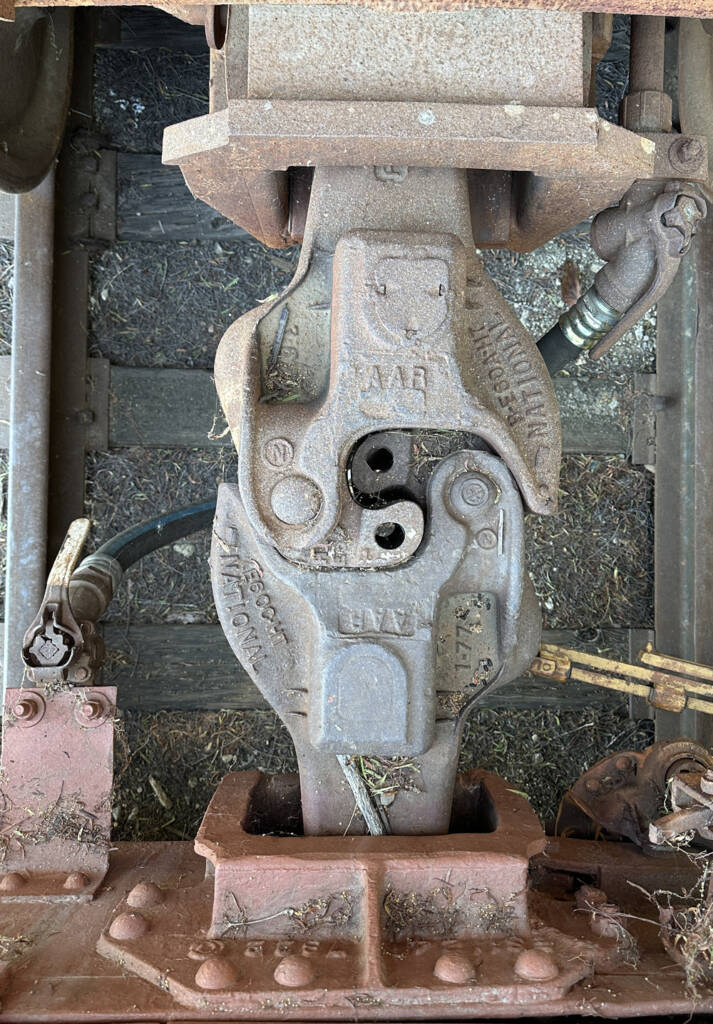
What are couplers? Ever since the locomotive was invented, a coupling device was needed to pull cars behind it. Link and pin couplers were the start of couplers in the United States. In fact, they were famous for crushing fingers and hands of brakeman who held the link in one hand while dropping the pin […]
Read More…
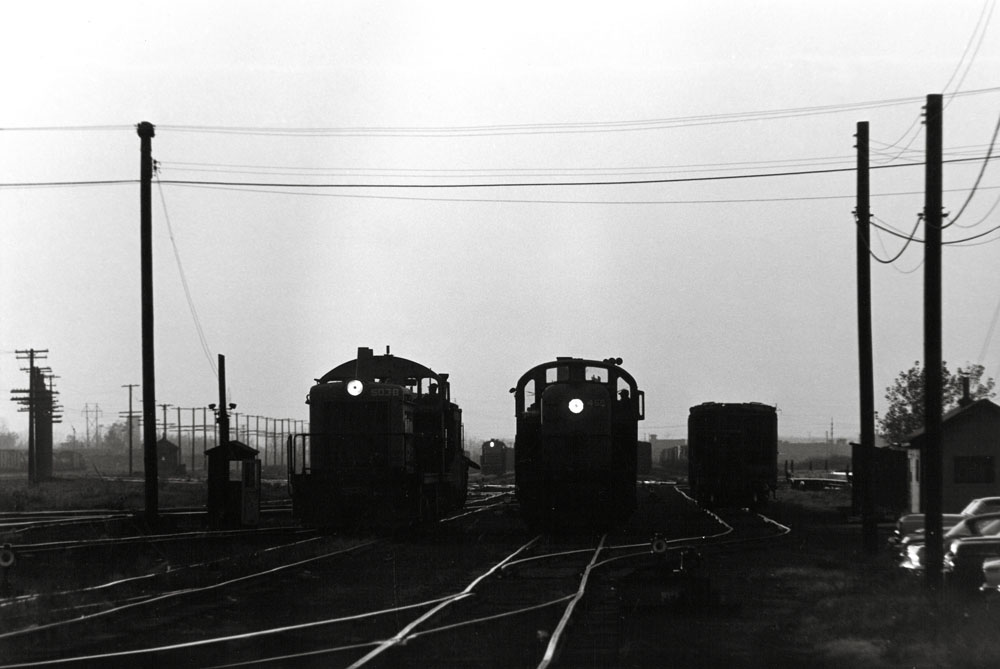
One thousand issues One thousand issues of Trains Magazine have put tens of thousands of railroad photographs in the public eye. The most memorable of these images do far more than portray a locomotive or a train in motion. They preserve a moment of railroading and capture the spirit of a place, a railroad, and […]
Read More…
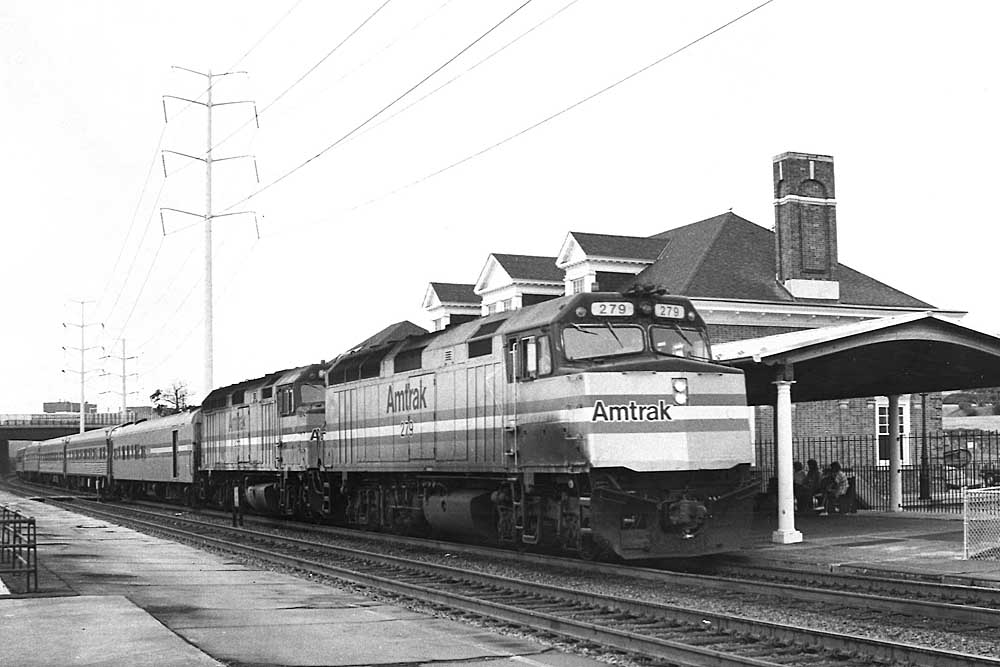
Overnight Amtrak trains in 1991, its 20th year, show similarities with today’s offerings. Many trains known today were operating in 1991, some even with the same equipment. Some trains we have lost, including the Pioneer, Broadway Limited, Desert Wind, Montrealer, and Night Owl. Amtrak’s first order of bilevel Superliner equipment came in the late […]
Read More…
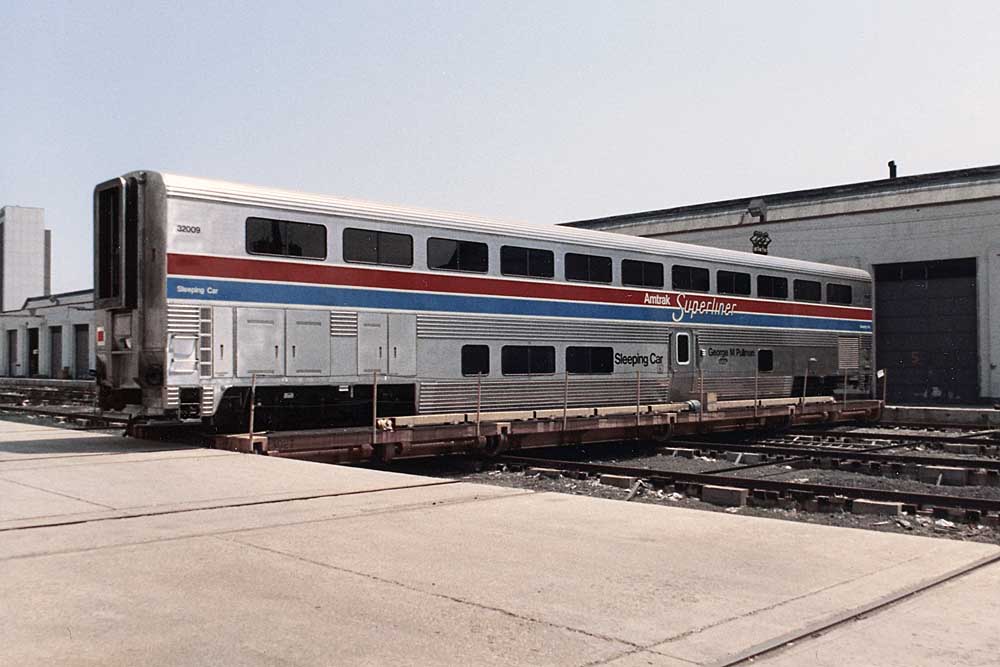
Amtrak Superliner cars are derived from the old Santa Fe El Capitan Hi-Level car fleet. The cars, which operate on all Western long-distance plus a few others in the East, had a long gestation period. On July 3, 1973, Roger Lewis, Amtrak’s first president, sent a request for proposals to 13 companies — six engineering […]
Read More…
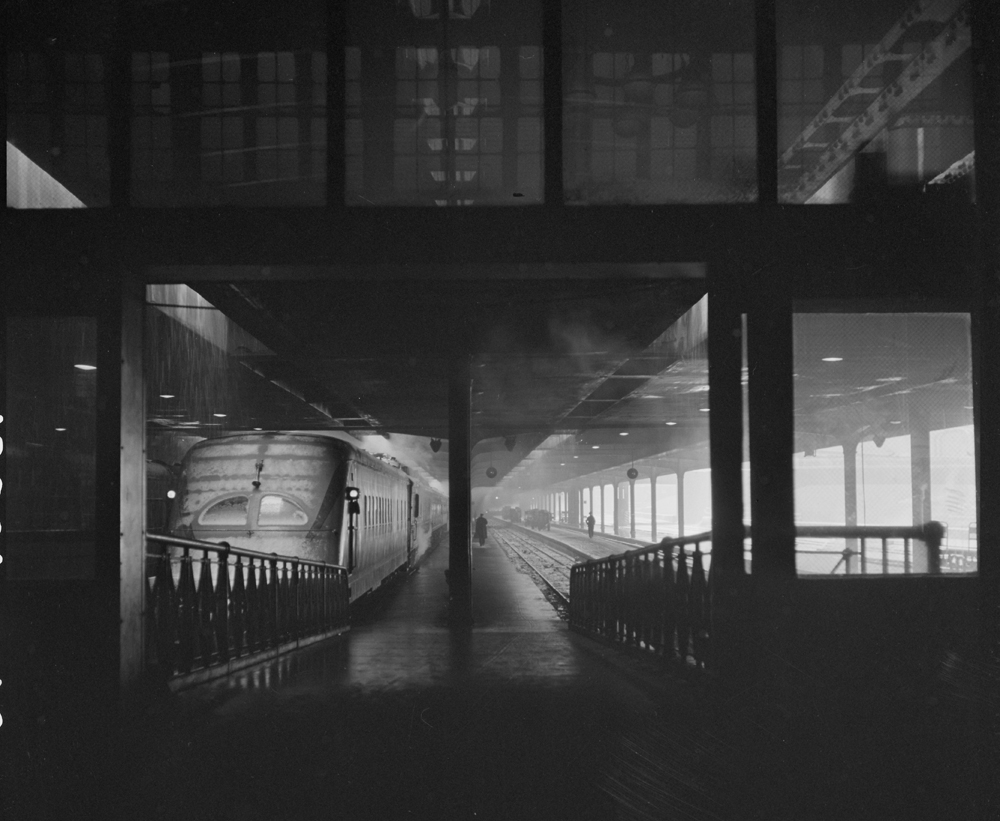
Breakdown of Streamliners What are streamliners? Essentially, it’s a sleek design for lightweight passenger rail equipment that once had a faster schedule with fewer stops than other trains on the same route. They often included nicer amenities like stewardess service, reserved coach seating, barber shops, and libraries. Before 1970, three major manufacturers built passenger cars […]
Read More…
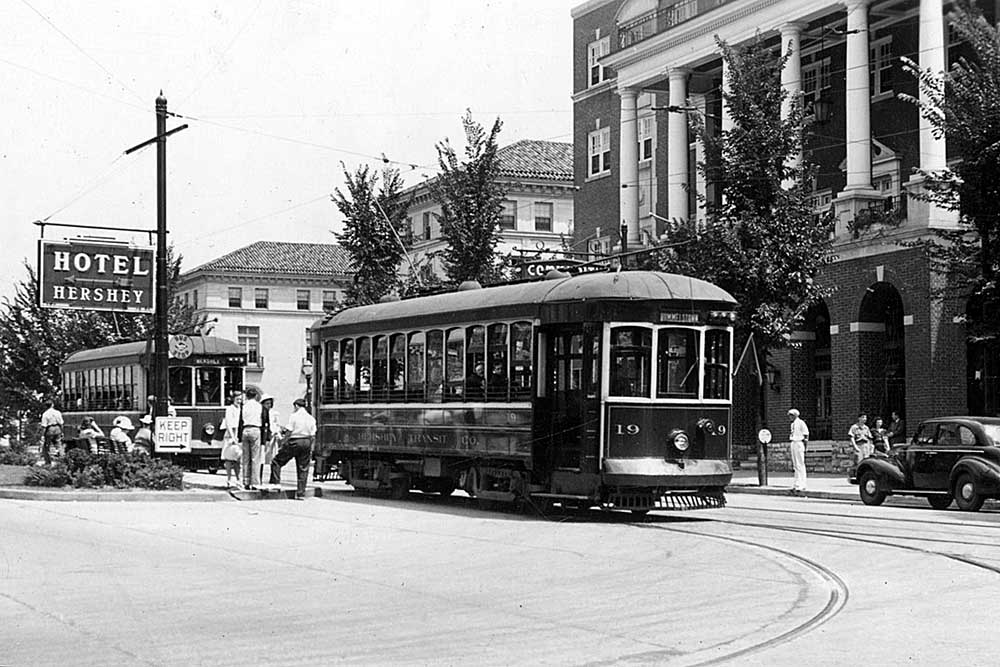
Readers of the Mileposts blog hardly need be sold on the close connections between the holiday season and trains, especially in memory. From traveling home by train to see loved ones to seeing snow flying outside the window of a dining car to watching Lionel trains race around a department store window, this season is […]
Read More…
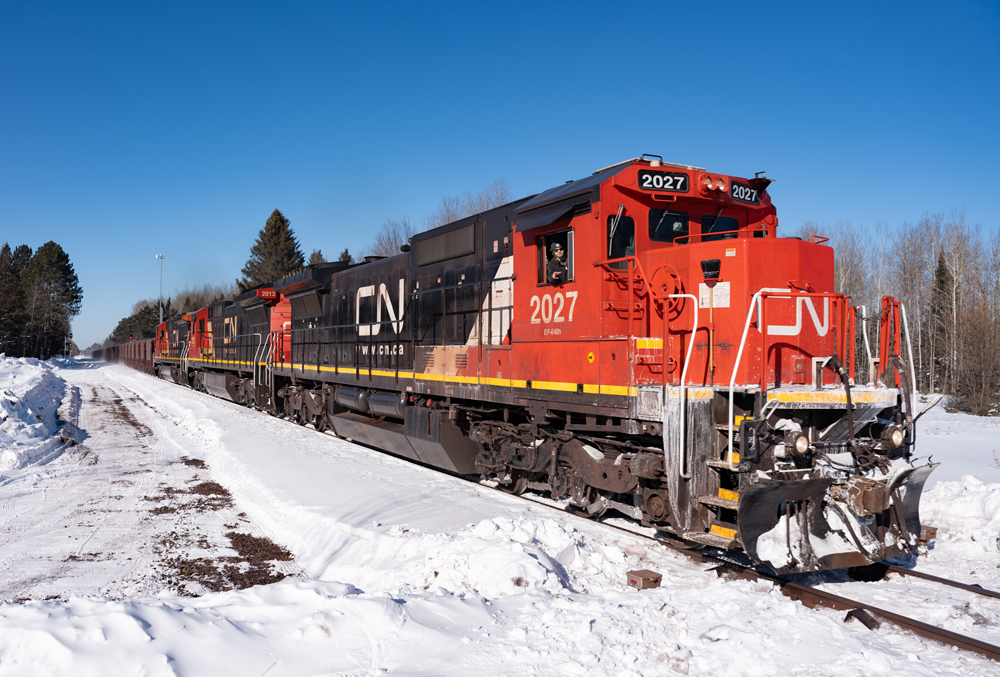
Endangered Class I locomotives Endangered Class I locomotives in 2024: Locomotive fleets are always in a state of evolution. Changes such as new power purchased, older locomotives rebuilt, returned off lease, stored, or retired are always happening. Interest is always piqued when the last of a model is ready to exit a roster. Observers […]
Read More…
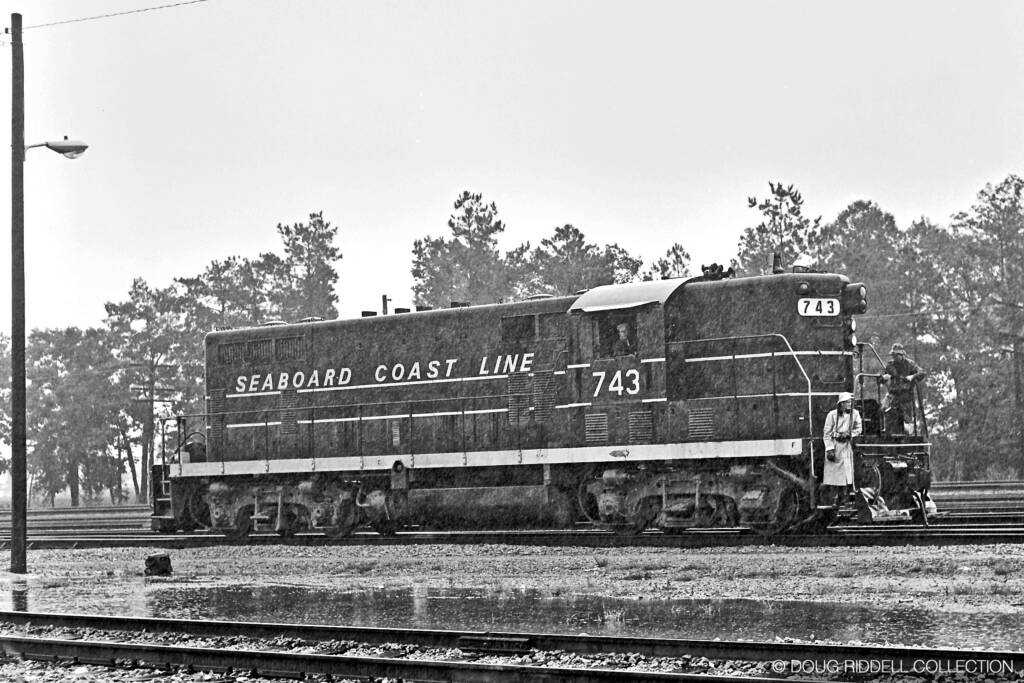
This is a picture worth a thousand words. For decades, artists and photographers awed us with images of mighty locomotives scorching the high iron with hundreds of passengers or thousands of tons of freight in tow. The sun shines brightly as the wind blows the hair of the fearless engineer, perched on the armrest. The […]
Read More…
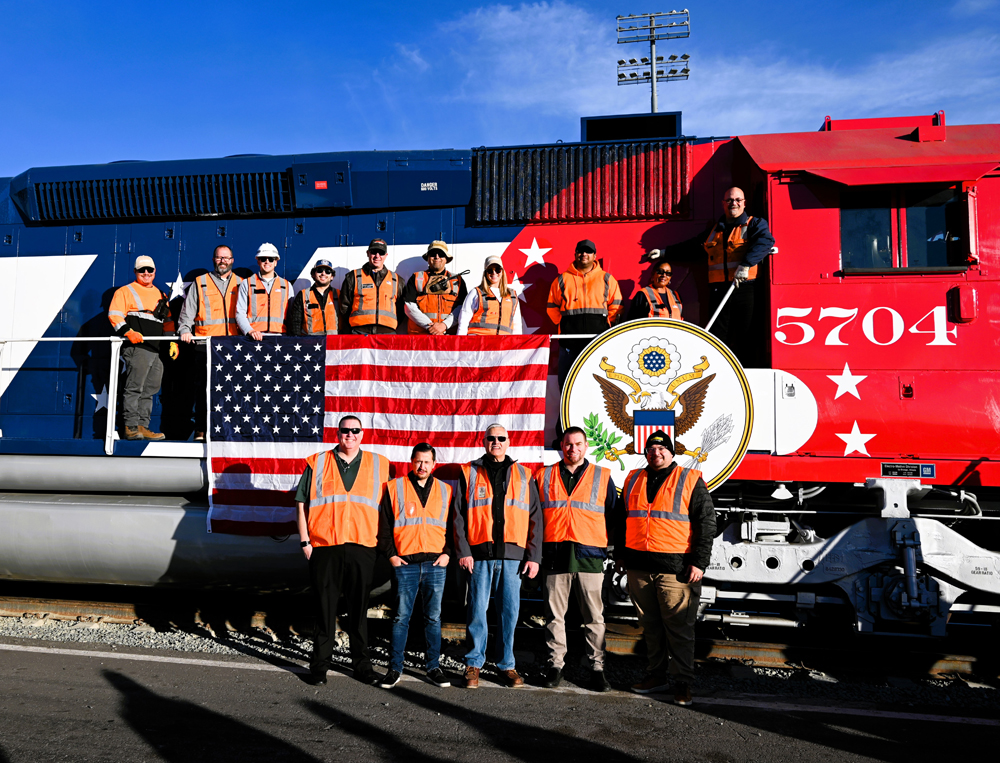
BNSF Railway and J.B. Hunt To honor fallen veterans during the holidays a number of companies regularly partner with Wreaths Across America to deliver wreaths for placement on headstones. Among them are BNSF Railway and J.B. Hunt Transport Services. This year the two transportation giants together moved 46 container loads of wreaths — that’s 314,000 […]
Read More…
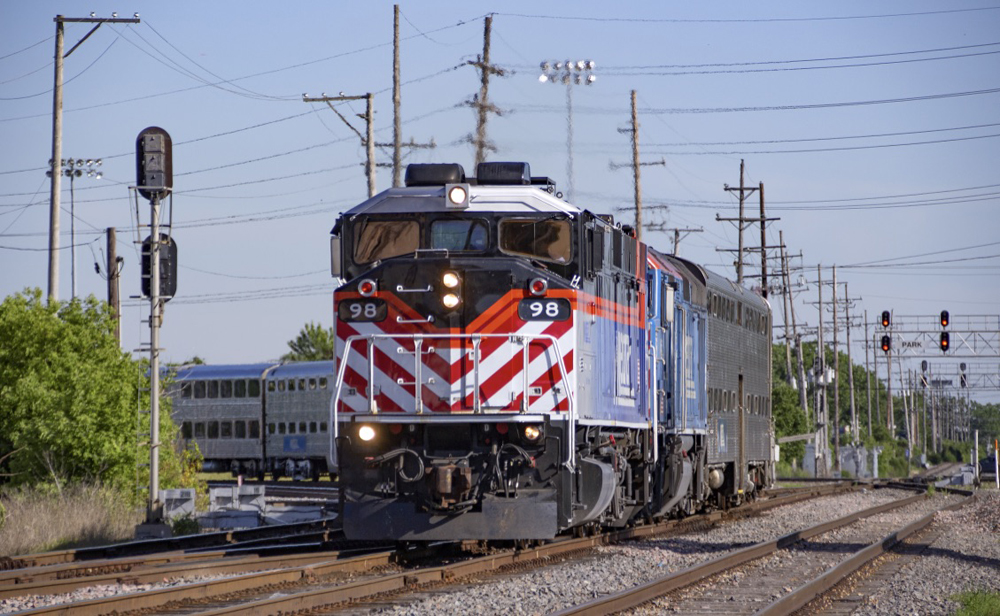
Metra It’s likely many passengers don’t realize commuter rail operator Metra serves Chicago O’Hare International Airport. But then, “serves” may be generous. What the commuter operator provides is more akin to a cameo appearance. In 2022, the airport handled almost 664,000 commercial flights and more than 68.3 million passengers. Metra addresses this with 12 trains, […]
Read More…
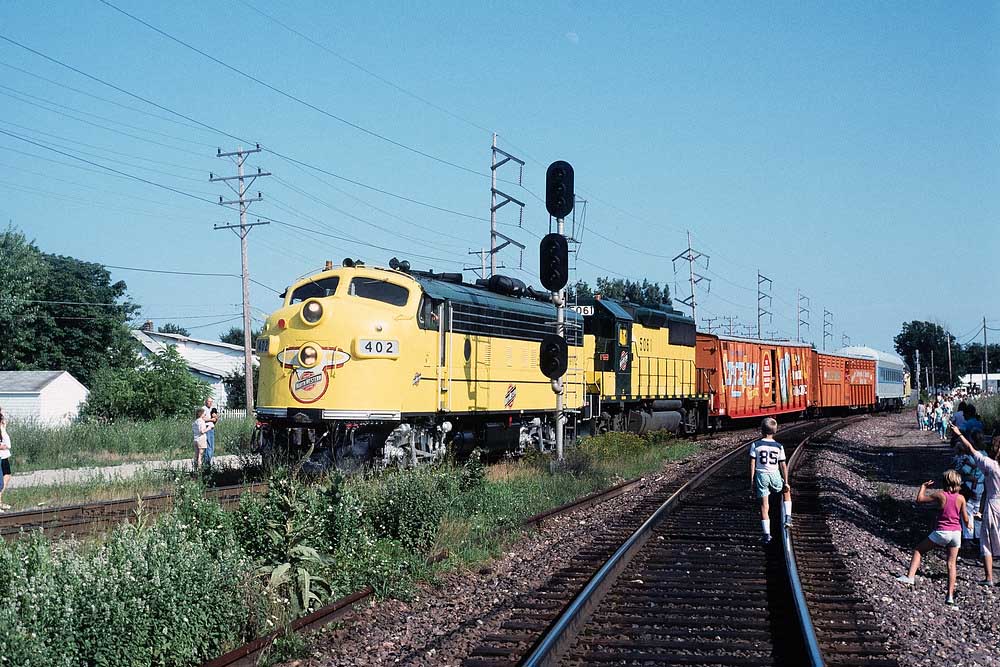
In the steam age, most Chicago & North Western locomotives burned coal, but those assigned to divisions west of the Missouri River were oil burners; in addition, the four Pacifics rebuilt for the 400s were converted to oil. One group of light Pacifics was fitted with special grates for burning lignite, a low-grade coal. […]
Read More…
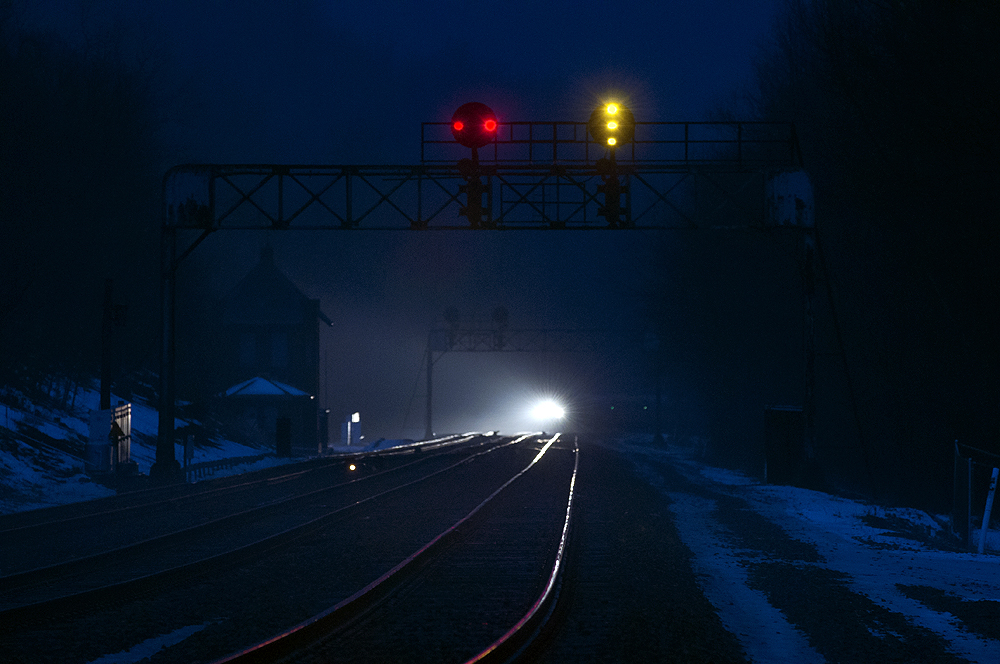
Railroading tools Railroads are fixed-guideway systems for transporting goods or people. Its basis is the low friction, and hence high efficiency, of a hard wheel rolling on a hard surface. They are made up of many elements: people doing different jobs, and hardware for them to use. The jobs range from laborer to strategic planner. […]
Read More…












